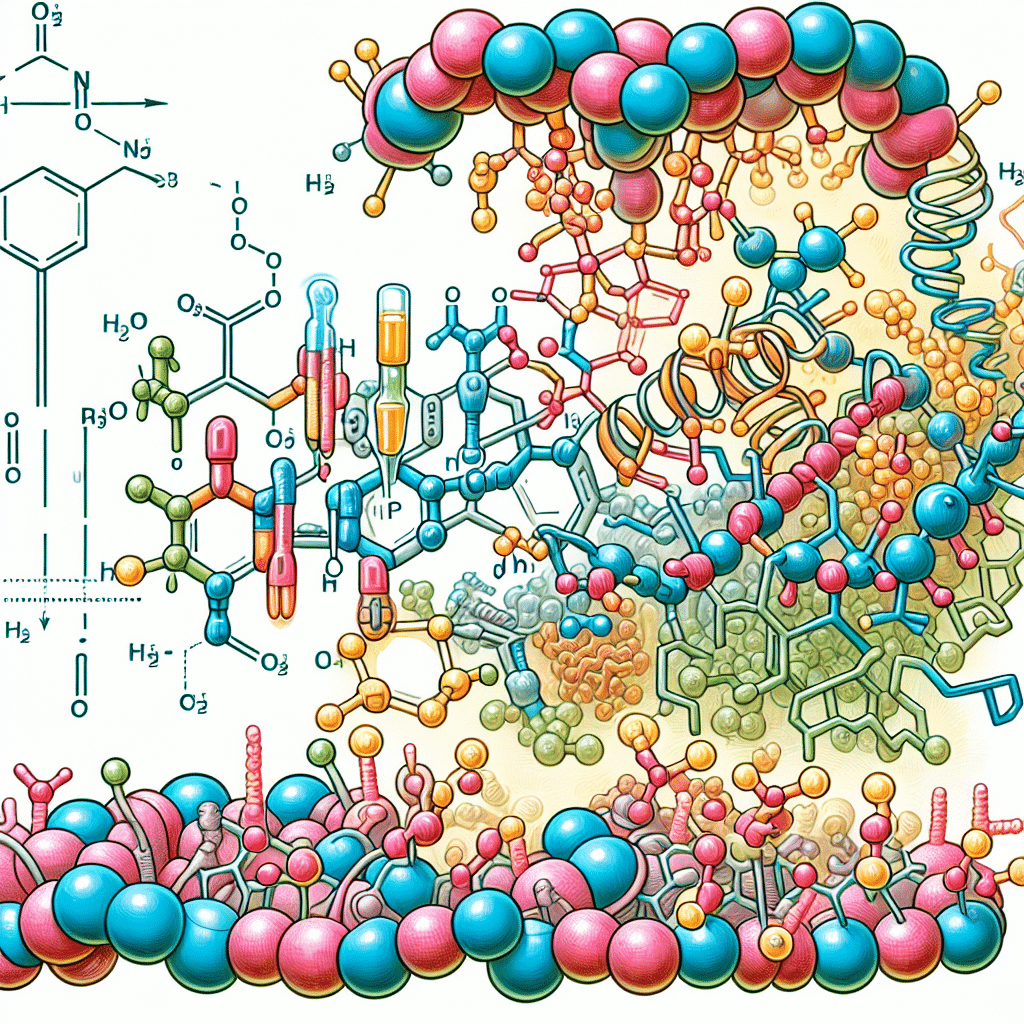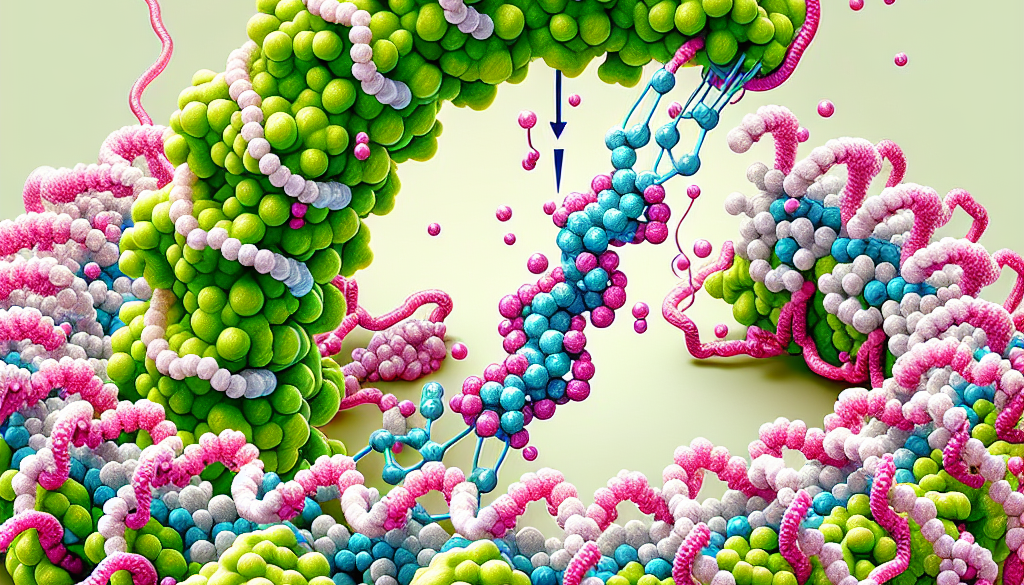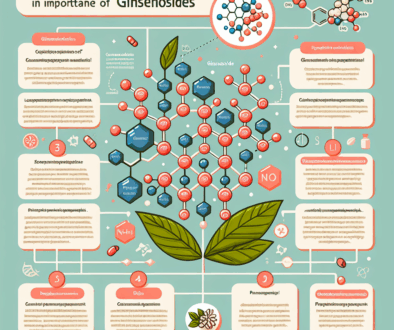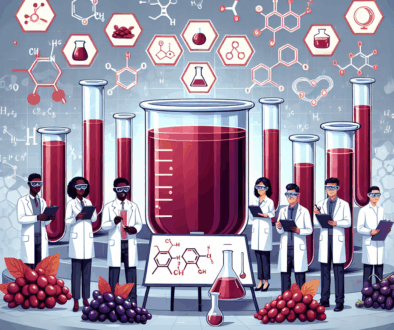Remove Glutathione Cap from Cysteine: Process
-
Table of Contents
- Unlocking the Potential of Cysteine: The Glutathione Cap Removal Process
- Understanding the Glutathione Cap
- The Significance of Cysteine in Glutathione Synthesis
- Methods for Removing the Glutathione Cap from Cysteine
- Applications and Benefits of Cysteine Without the Glutathione Cap
- Challenges and Considerations in Glutathione Cap Removal
- Case Studies and Research Findings
- Conclusion: The Future of Cysteine Utilization
- Discover ETprotein’s High-Quality Protein Products
Unlocking the Potential of Cysteine: The Glutathione Cap Removal Process

Glutathione, a tripeptide consisting of glutamate, cysteine, and glycine, is a powerful antioxidant found in most forms of aerobic life. It plays a crucial role in cellular processes, including the detoxification of harmful substances, immune system function, and the metabolism of toxins and carcinogens. However, the bioavailability of cysteine, the rate-limiting component of glutathione synthesis, is often hindered by a protective glutathione cap. Understanding and effectively removing this cap can significantly enhance the therapeutic potential of cysteine and, consequently, glutathione.
Understanding the Glutathione Cap
The glutathione cap refers to the modification of the cysteine molecule within glutathione, which protects it from oxidation and unwanted reactions with other cellular components. This protective mechanism is essential for maintaining the stability and functionality of glutathione within the body. However, it also presents a challenge for the direct utilization of cysteine when attempting to boost glutathione levels for therapeutic purposes.
The Significance of Cysteine in Glutathione Synthesis
Cysteine is a semi-essential amino acid that serves as a critical substrate for the synthesis of glutathione. Its availability often determines the rate at which glutathione can be produced within the body. Therefore, the efficient removal of the glutathione cap from cysteine is a vital step in enhancing glutathione synthesis and maximizing its health benefits.
Methods for Removing the Glutathione Cap from Cysteine
Several biochemical and biotechnological methods have been developed to remove the glutathione cap from cysteine. These methods aim to release free cysteine while preserving its reactivity and preventing its oxidation. Here are some of the most common approaches:
- Enzymatic Degradation: Specific enzymes, such as gamma-glutamyltransferase (GGT), can cleave the glutathione molecule to release cysteine. This process is naturally occurring in the body and can be enhanced through supplementation or by optimizing conditions that favor enzymatic activity.
- Chemical Reduction: Chemical agents like dithiothreitol (DTT) or beta-mercaptoethanol can reduce the disulfide bonds in glutathione, freeing the cysteine residue. This method is commonly used in laboratory settings but is less practical for in vivo applications due to potential toxicity.
- Microbial Fermentation: Certain microorganisms possess the metabolic pathways necessary to break down glutathione and release cysteine. Biotechnological advancements have enabled the use of these microbes in industrial-scale production of free cysteine.
- Nanotechnology: Emerging research suggests that nanomaterials could be designed to selectively interact with glutathione and facilitate the release of cysteine. This innovative approach holds promise for future therapeutic applications.
Applications and Benefits of Cysteine Without the Glutathione Cap
Once the glutathione cap is removed, cysteine becomes readily available for various physiological processes. The benefits of increased cysteine and glutathione levels include:
- Enhanced detoxification of drugs and environmental toxins
- Improved immune system function
- Protection against oxidative stress and cellular damage
- Potential therapeutic effects in diseases associated with glutathione deficiency, such as HIV/AIDS, cancer, and liver diseases
- Support for metabolic and respiratory health
Challenges and Considerations in Glutathione Cap Removal
While the removal of the glutathione cap from cysteine offers significant potential benefits, there are challenges that must be addressed:
- Stability: Free cysteine is highly reactive and can be easily oxidized, which necessitates careful handling and storage conditions.
- Efficiency: The efficiency of cap removal methods varies, and optimizing these processes for maximum yield is an ongoing area of research.
- Safety: Ensuring that the methods used for cap removal are safe for human consumption is paramount, particularly when considering therapeutic applications.
- Cost: The cost of producing free cysteine through these methods can be high, potentially limiting its accessibility and widespread use.
Case Studies and Research Findings
Several studies have demonstrated the effectiveness of cap removal techniques and the subsequent benefits of increased cysteine and glutathione levels. For instance, research on patients with HIV/AIDS has shown that supplementation with cysteine precursors can significantly improve glutathione levels and immune function. Additionally, studies in cancer therapy have explored the role of cysteine and glutathione in enhancing the efficacy of chemotherapy while reducing its toxicity.
Conclusion: The Future of Cysteine Utilization
The process of removing the glutathione cap from cysteine represents a significant advancement in the field of biochemistry and medicine. By unlocking the full potential of cysteine, researchers and healthcare professionals can harness the power of glutathione to combat a wide range of diseases and improve overall health. Continued research and development in this area promise to yield even more effective methods for cap removal, making the benefits of cysteine more accessible to those in need.
Discover ETprotein’s High-Quality Protein Products
If you’re looking for premium protein products, including those that can support glutathione synthesis, ETprotein is your go-to source. ETprotein offers a wide range of organic bulk vegan proteins and L-(+)-Ergothioneine (EGT) that cater to various industries, including nutraceuticals, pharmaceuticals, and food and beverage.
ETprotein’s commitment to quality, non-GMO, allergen-free products with high purity levels makes them a trusted partner for businesses and consumers alike. To explore their offerings or to request samples, reach out to ETprotein and take the first step towards enhancing your product line with superior protein solutions.
About ETprotein:
ETprotein, a reputable protein and L-(+)-Ergothioneine (EGT) Chinese factory manufacturer and supplier, is renowned for producing, stocking, exporting, and delivering the highest quality organic bulk vegan proteins and L-(+)-Ergothioneine. They include Organic rice protein, clear rice protein, pea protein, clear pea protein, watermelon seed protein, pumpkin seed protein, sunflower seed protein, mung bean protein, peanut protein, and L-(+)-Ergothioneine EGT Pharmaceutical grade, L-(+)-Ergothioneine EGT food grade, L-(+)-Ergothioneine EGT cosmetic grade, L-(+)-Ergothioneine EGT reference grade and L-(+)-Ergothioneine EGT standard. Their offerings, characterized by a neutral taste, non-GMO, allergen-free attributes, with L-(+)-Ergothioneine purity over 98%, 99%, cater to a diverse range of industries. They serve nutraceutical, pharmaceutical, cosmeceutical, veterinary, as well as food and beverage finished product distributors, traders, and manufacturers across Europe, USA, Canada, Australia, Thailand, Japan, Korea, Brazil, and Chile, among others.
ETprotein specialization includes exporting and delivering tailor-made protein powder and finished nutritional supplements. Their extensive product range covers sectors like Food and Beverage, Sports Nutrition, Weight Management, Dietary Supplements, Health and Wellness Products, and Infant Formula, ensuring comprehensive solutions to meet all your protein needs.
As a trusted company by leading global food and beverage brands and Fortune 500 companies, ETprotein reinforces China’s reputation in the global arena. For more information or to sample their products, please contact them and email sales(at)ETprotein.com today.












